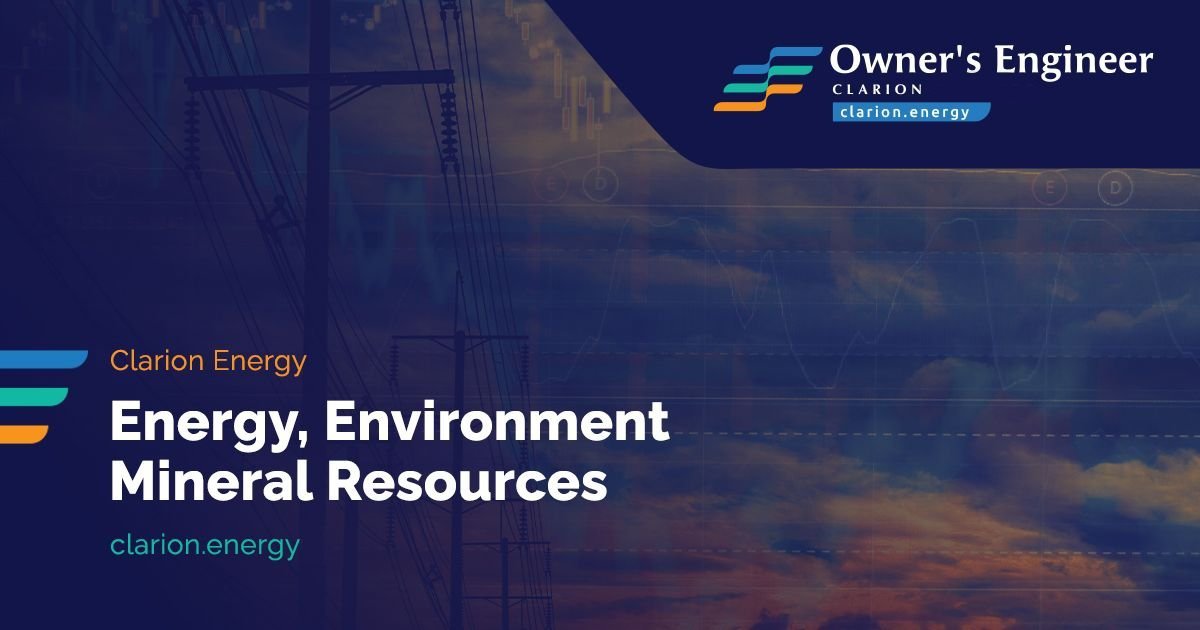Investing over 150 million euros in new facilities and laboratories, Messer Tehnogas, a leader in the production and distribution of medical, special, and technical gases for the local industry, contributes to the development and improvement of technologies and processes, as well as environmental protection.
In one of the most significant success stories, the German company Messer celebrated an impressive 125 years of global business last year. Since 1997, it has been present in the local market, acquiring a majority stake in the domestic Tehnogas and investing over 150 million euros in new facilities and laboratories since then.
The newly operational air separation plant in Bor
The modern air separation plant in Bor started operating in April 2015, supplying the new smelter of RTB Bor. After eight years, due to the production growth of Zijin Copper, another plant began operating in April 2023. Stefan Messer, the owner and chairman of the Supervisory Board of Messer Group, visited the plant during its inauguration.
“I visited the factory in Bor 13 years ago, and now I can say that this plant is very significant not only for Messer Tehnogas operating in Serbia but also for the entire Messer Group. In Serbia, we currently have six factories with nearly 350 employees, operating very successfully.
Regarding production capacities, the most significant plants are in Bor and Smederevo, contributing to the further development of Messer, the leading family company for the production of industrial gases worldwide,” said Stefan Messer during his visit.
The newly operational air separation plant in Bor, started in 2023, fully meets the needs of the Chinese company Zijin Copper. This will result in a significant increase in oxygen supply, contributing to increased productivity, reduced emission of harmful gases, and environmental protection. The old plant produced about 10,000 cubic meters of oxygen per hour, while the new one produces over 13,000. The total production is now just under 25,000 cubic meters of low and medium-pressure oxygen, representing over a 100% increase in capacity.
It is important to note that gaseous low-pressure oxygen is used in melting copper concentrates after flotation, aiming for the appropriate high temperatures. High-pressure oxygen is used to intensify the process of removing impurities from copper and in the further purification process. The use of oxygen reduces the emission of harmful gases, primarily sulfur compounds, confirming that Messer Tehnogas continually improves operations and conserves resources for environmental protection.
Production of gaseous oxygen based on VPSA
Sustainable production with minimal environmental impact, as well as the development or improvement of technologies and processes, is the strategic orientation of Messer Tehnogas. Adaptability to customer needs, along with business enthusiasm and constant belief in positive trends, resulted in an investment in a plant for obtaining gaseous oxygen based on VPSA at the Metalfer Steel Mill in Sremska Mitrovica. Specific production requirements allowed this plant to be the first of its kind in southern and southeastern Europe.
The working principle involves blowing filtered air into adsorption vessels where impurities are removed. After adsorption, oxygen is stored in a tank and then, at medium pressure, goes to the furnaces. Metalfer Steel Mill consists of a smelter with an electric arc furnace capacity of 500,000 tons per year and a rolling mill for concrete iron with a capacity of 500,000 tons per year. Oxygen is primarily used to intensify the melting process, heat reinforcement during processing, and for cutting secondary raw materials.
The VPSA (Vacuum Pressure Swing Adsorption) plant is a technological process used for gas separation, typically producing pure oxygen or nitrogen from the air. Advantages of VPSA plants include low electricity consumption as the process is non-cryogenic, quick production startup, fully automatic operation, flexibility in production regarding flow and purity, and remote control, significantly reducing carbon dioxide emissions.









